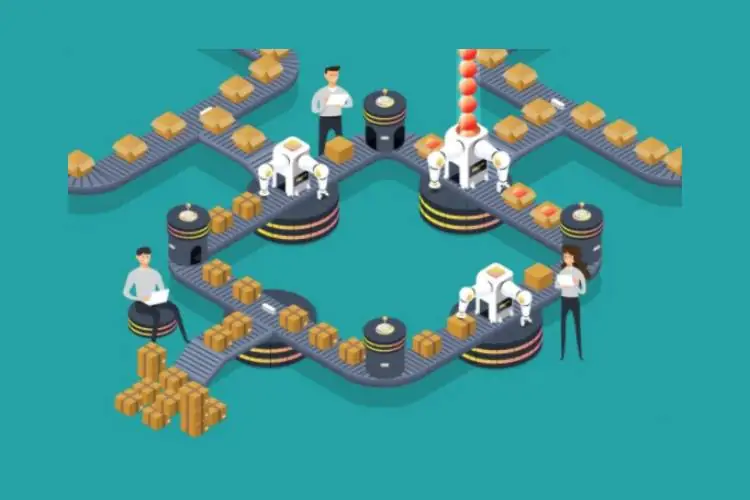Digitalization affects all aspects of life. From how we remain informed to how we travel, how we purchase, and how we produce, from automobiles to cookies to creams. The enormous potential of digitization (big chances and huge dangers) changes company models every day. As such, the speed of innovation and the desire and capacity to adapt to a company are important success elements.
Digitization provides a different, quicker, better method but one must be aware of the difficulty of attempting to digitize or automate existing labor instead of establishing new business modes.
From manufacturing methods to distribution and data-driven marketing, the radical influence of social media has been revolutionizing the food sector to the frontier of customization. Food is not only something we consume to nurture our bodies; it also generates bodily feelings and emotions, and frequently brings us together with friends and family. Food is also a highly digital subject at the same time.
New technology may offer you a competitive advantage, for example by merging food processing software throughout the manufacturing line, while postponing essential changes puts you in danger of being left behind. Digital transformation, however, does not imply tossing technology into issues hastily. A successful digital journey, on the other hand, calls for a defined vision and goal, backed by extensive knowledge.
The notion of digitalization may sound intimidating, but the reality of the food business, which has always changed, and the necessity to adapt, implies that processors can ideally take up the challenge and enjoy their benefits.
In summary, in the food business, digital transformations have dramatically altered the industry and its varied distribution network, so much so that these changes cannot be completely monitored.
Importance of Digitalization in the Food Industry
Digital food processing has had enormous implications on the food business, beginning with the production processes themselves, which, although are least apparent to the public, are important.
In few years, we went from highly mechanical processes and conventional equipment to the growing large deployment of artificial intelligence, IoT (The Internet of Things), machine interface.
Moreover, we have gone from conventional to more and more smart and networked factories that constantly gather data that is essential for optimizing all production stages, but also for forecasting, emergency management, and quality enhancements.
The nature of food is a key issue for distribution. Here again, digital solutions focus on maximum interconnection, the gathering of huge quantities of information, their deep and intelligent interpretation (big data) as well as the creation of specialist applications that are customized to each company’s requirements.
Of course, all this has an important impact not just on manufacturers but on restaurants, shops, and other kinds of retail outlets inside the supply chain. This results in lower costs, greater productivity, and enhanced quality, factors combined in a virtuous cycle unique.
Role of Digital Software / Automation
The food industry is becoming more aware of the potential of data-driven insights to maximize their use of commodities, increase the quality and safety of food, and provide continuous improvement traceability and support. Using sophisticated digital solutions like Innova Food Processing Software, the processors get up-to-date data on key variables such as yield and performance, usage of raw materials, process status, OEE, and more. This enables management to take up-to-date educated choices.
Reliable data analytics can identify improvement possibilities and warn you of possible challenges in real-time, allowing you to optimize productivity and resolve problems before significant problems arise that may go unnoticed for extended times without this capacity, leading to expensive and possibly hazardous predicaments.
Moreover, food production software also offers a dedicated information source to link and synchronize various systems. In addition, you may create improvements that add up to significant cost savings and many other advantages, by automatically collecting, analyzing, contextualizing, and converting production data into useful insights.
The food sector has already invested significantly in automation with far-reaching advantages across various production levels. Processors are always under pressure for the production of food in a larger number and variety, and it is no secret that automated systems can carry out jobs quicker and more precisely than their human equivalents. It is essential to remember that automation does not only mean digitalizing individual operations but connects all automated activities across the business to provide a centralized, integrated strategy. This makes it worth investing in a complete production control system, such as Innova, which provides you an overview of your company in real-time.
For digitalization to impart genuine change in the food industry, more than simply a method to improve efficiency has to be addressed. Digitalization should be deliberately launched, completely supported by all owners, and seen as an improvement to the whole company model.
